
A New Standard for Dynamic FLIM
source:photonics.com
keywords:
Time:2016-09-29
Fluorescence Lifetime Imaging (FLIM) is a very versatile microscopy method where fluorescence lifetime information is combined with spatial localization in the sample, allowing investigating, for example, biochemical and physical processes, detecting changes in the local environment of the sample, molecular interactions, or conformational changes via Förster Resonance Energy Transfer (FRET). FLIM data acquisition is typically based on Time-Correlated Single Photon Counting (TCSPC) electronics, pulsed diode lasers, and highly sensitive single photon counting detectors. Up to now TCSPC data acquisition is considered a somewhat slow process, due to the time required to collect a sufficient number of photons per pixel for reliable data analysis.
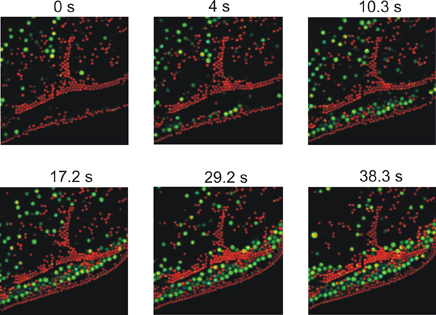

The novel rapidFLIM method allows acquiring several FLIM images per second by exploiting recent hardware developments such as TCSPC modules with ultra short dead times and hybrid photomultiplier detector assemblies. These improved hardware components enable higher detection count rates, making it possible to achieve much better photon statistics in shorter time spans. Thus, FLIM imaging can be performed for dynamic processes (e.g., transient protein interaction in living cells, chemical reaction, or ion flux) as well as highly mobile species in a precise manner and with high optical resolution.
As an additional benefit, the high accuracy of the data analysis is comparable to that of conventional TCSPC measurements.
MOST READ
- RoboSense is to Produce the First Chinese Multi-beam LiDAR
- China is to Accelerate the Development of Laser Hardening Application
- Han’s Laser Buys Canadian Fiber Specialist CorActive
- SPI Lasers continues it expansion in China, appointing a dedicated Sales Director
- Laser Coating Removal Robot for Aircraft
PRODUCTS
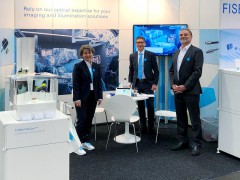 FISBA exhibits Customized Solutions for Minimally Invasive Medical Endoscopic Devices at COMPAMED in
FISBA exhibits Customized Solutions for Minimally Invasive Medical Endoscopic Devices at COMPAMED in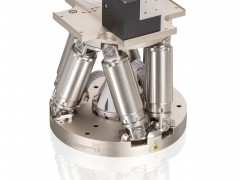 New Active Alignment System for the Coupling of Photonic Structures to Fiber Arrays
New Active Alignment System for the Coupling of Photonic Structures to Fiber Arrays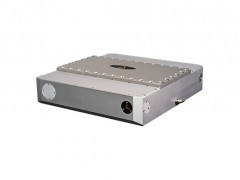 A new industrial compression module by Amplitude
A new industrial compression module by Amplitude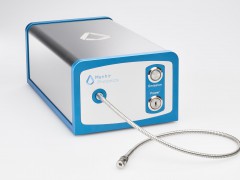 Menhir Photonics Introduces the MENHIR-1550 The Industry's First Turnkey Femtosecond Laser of
Menhir Photonics Introduces the MENHIR-1550 The Industry's First Turnkey Femtosecond Laser of Shenzhen DNE Laser introduced new generation D-FAST cutting machine (12000 W)
more>>
Shenzhen DNE Laser introduced new generation D-FAST cutting machine (12000 W)
more>>
